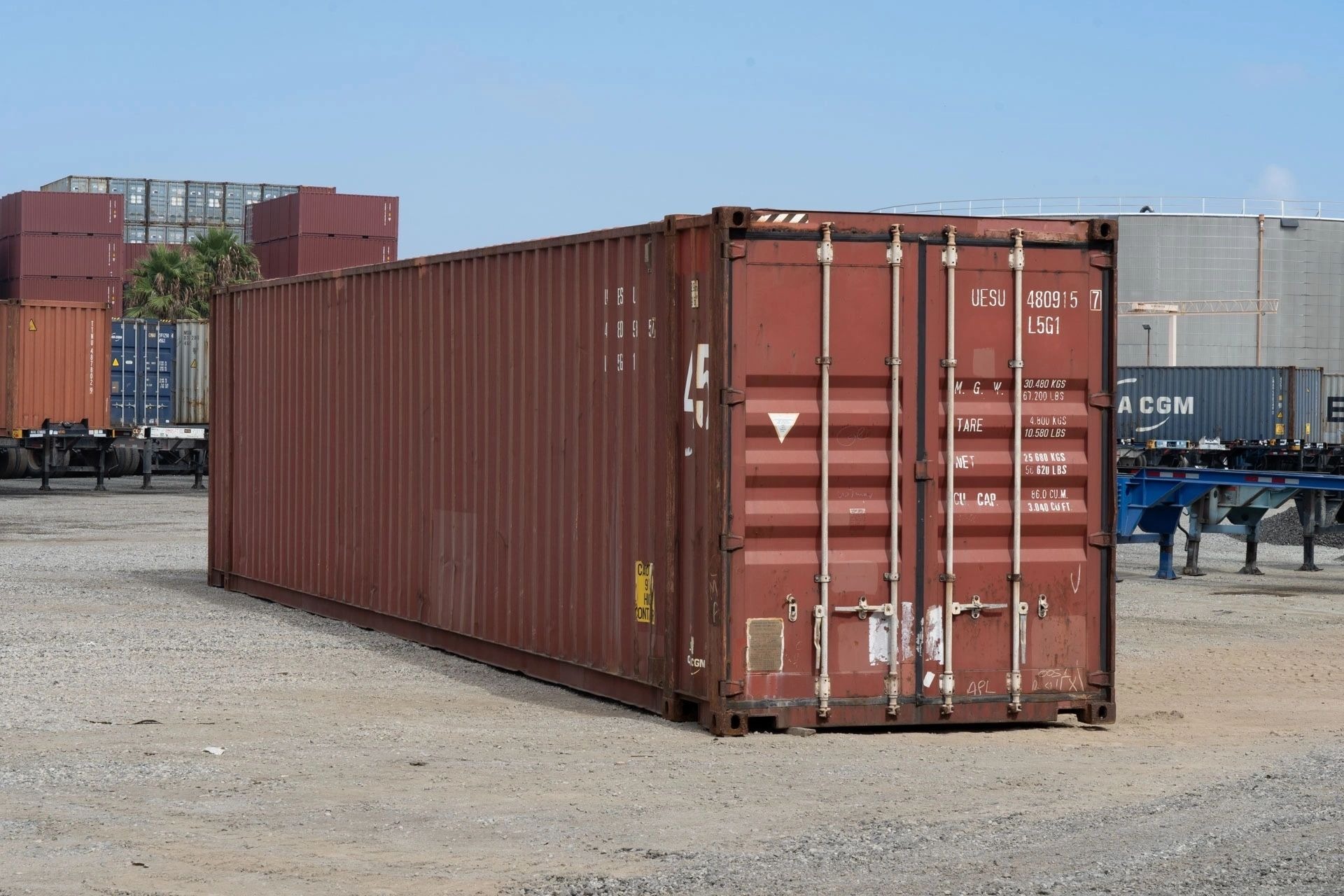What Experts From The Field Want You To Learn
Exploring the World of Used Cargo Containers: A Comprehensive Guide
In recent years, the appeal of used cargo containers has actually soared, thanks to their flexibility and price. Originally designed to stand up to the rigors of international shipping, these robust metal boxes use a plethora of applications beyond their initial function. From storage solutions to unique housing tasks, used cargo containers are reshaping how individuals and businesses see space and sustainability. This article dives deep into the various elements of used cargo containers, their possible usages, benefits, factors to think about when acquiring, and often asked questions.
The Basics of Used Cargo Containers
Cargo containers have actually been used for decades in the shipping market. Once they reach the end of their shipping life, much of these containers are cost a fraction of their initial cost. This opens up a myriad of possibilities for people and companies looking to utilize them for various functions.
Table 1: Common Uses for Used Cargo Containers
Usage Case
Description
Storage Solutions
Perfect for long-lasting storage of equipment, automobiles, or products.
Workplace
Can be converted into portable offices for on-site work.
Living Space
Used in ingenious housing jobs, including tiny homes.
Retail Stores
Adjusted into pop-up stores or unique retail experiences.
Workshops
Acts as an office for crafts or industrial activities.
Mobile Clinics
Used in health care for mobile clinics in remote locations.
Occasion Spaces
Can be transformed into bars, lounges, or exhibit spaces.
With these comprehensive applications, it's clear that used cargo containers provide innovative solutions for numerous difficulties.
Benefits of Using Used Cargo Containers
The advantages of using used cargo containers extend beyond cost savings. Here are some crucial benefits:
Durability: Constructed from weather-resistant steel, cargo containers can hold up against extreme ecological conditions.
Cost-efficient: Used containers are significantly less expensive than brand-new ones, making them accessible for numerous spending plans.
Sustainability: Repurposing containers is an environmentally friendly option, minimizing waste and the need for new materials.
Flexibility: Their modular design enables simple stacking, transporting, and repurposing.
Security: Containers are lockable and offer a protected storage choice for important possessions.
Mobility: Containers can be moved easily, making them ideal for short-term or changing places.
Table 2: Pros and Cons of Used Cargo Containers
Pros
Cons
Affordable pricing
Might have cosmetic wear or damage
Flexible applications
Transportation costs might use
Easy to customize
Zoning regulations might restrict use
Strong and weatherproof
Possible rust and corrosion problems
Quick delivery schedule
Limited customization options
Factors to Consider When Buying Used Cargo Containers
When considering the purchase of a used cargo container, several elements should be analyzed:
Container Condition: Check for rust, damages, or leaks. A thorough inspection is crucial to making sure the container fulfills your needs.
Container Size: Common sizes include 20-foot and 40-foot containers. Consider what COG Containers plan to save or build and choose appropriately.
Regional Regulations: Research regional zoning laws and guidelines concerning using cargo containers in your location.
Transport Options: Understand the logistics of carrying the container to your wanted area.
Customization Needs: If modifications are expected (windows, doors, electrical systems), guarantee that the container can accommodate these changes.
Purchasing Source: Investigate reputable dealerships or auctions to guarantee you're purchasing from a credible source.
Table 3: Different Sizes of Cargo Containers
Size
Dimensions (L x W x H)
Approx. Volume
Normal Use
20-ft Standard
20' x 8' x 8.5'
1,172 cu feet
Storage, small workplaces
40-ft Standard
40' x 8' x 8.5'
2,390 cu feet
Bigger storage needs
40-ft High Cube
40' x 8' x 9.5'
2,694 cu ft
Taller storage requires
45-ft High Cube
45' x 8' x 9.5'
3,040 cu ft
Max. storage
Often Asked Questions (FAQs)
1. Are used cargo containers safe for residential use?
Yes, as long as you ensure appropriate ventilation and insulation, used cargo containers can be safe for property usage.
2. How can I modify a cargo container for usage as an office?
Modifications can include cutting windows and doors, including insulation, electrical wiring, and cooling units. It's recommended to seek advice from specialists who focus on container modifications.
3. Can I position a cargo container on my home?
This depends on local zoning laws and policies. Consult regional authorities to see what is acceptable before acquiring.
4. Just how much does a used cargo container generally cost?
Prices can vary from ₤ 1,500 to ₤ 5,000, depending upon the size and condition of the container.
5. What upkeep is needed for used cargo containers?
Regular upkeep includes checking for rust or corrosion, ensuring that locks and hinges function properly, and occasionally examining for leakages.
Used cargo containers provide an innovative and economical service for various storage and construction needs. Their durability, adaptability, and sustainability credit to their growing appeal amongst individuals and companies. As interest continues to increase, comprehending how to navigate the procedure of purchasing and repurposing these containers ends up being important.
Whether considering a container for storage, a portable office, or even a distinct home, the world of used cargo containers provides interesting possibilities. By weighing the advantages versus prospective drawbacks and staying informed about policies and finest practices, anybody can successfully integrate used cargo containers into their lives or business. The pattern is not practically performance however likewise about welcoming sustainability and imagination in design.
